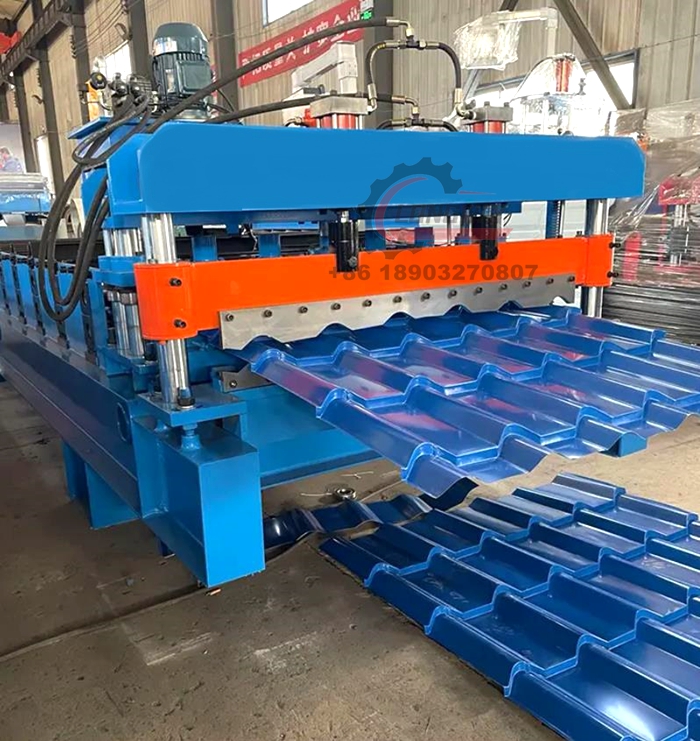Efficient Solutions for Cut to Length Line Machines in Modern Manufacturing Processes
Understanding Cut-to-Length Line Machines An Essential Tool for Metal Processing
In the realm of metal fabrication and processing, cut-to-length line machines play a pivotal role. These advanced machinery systems are tailored to produce sheets or coils of metal cut to specified lengths, streamlining operations in various industries such as automotive, construction, and appliance manufacturing. By understanding how these machines work and their benefits, businesses can enhance productivity and ensure quality in their manufacturing processes.
How Cut-to-Length Line Machines Operate
A cut-to-length line typically consists of several key components, including uncoilers, levelers, shears, and conveyor systems. The process begins with the uncoiler, which unwinds a coil of metal. The material is then fed through a leveling device that flattens it to ensure uniform thickness and quality. Once leveled, the metal moves to the shear, where it is cut into precise lengths based on customer specifications.
Control systems are integral to modern cut-to-length lines, allowing operators to input parameters like material thickness, desired length, and production speed. Many machines are equipped with automation features, enabling high-speed processing and reducing the risk of human error. This not only enhances efficiency but also improves the consistency of the end product.
Benefits of Using Cut-to-Length Line Machines
1. Increased Productivity One of the most significant advantages of cut-to-length machines is their ability to process materials quickly and efficiently. Traditional methods of cutting sheets or coils can be labor-intensive and time-consuming. In contrast, a cut-to-length line can operate at high speeds, significantly reducing turnaround times and increasing output.
cut to length line machine

2. Improved Precision The high level of automation and advanced control systems ensures that the cuts are precise and meet the required specifications. This precision minimizes material waste and reduces the need for rework, ensuring that products meet quality standards consistently.
3. Versatility Cut-to-length machines can handle a variety of materials, including steel, aluminum, and copper, making them versatile tools in any fabrication shop. Additionally, they can process different thicknesses and widths, allowing manufacturers to cater to various customer requirements.
4. Cost-Effectiveness By reducing material waste and enhancing production speeds, cut-to-length lines can lead to significant cost savings for manufacturers. The initial investment in such machinery can be offset by the benefits of increased efficiency and lower operational costs over time.
5. Enhanced Safety Automation in cut-to-length processes reduces the risk associated with manual handling of heavy materials. Modern machines often come with safety features that protect operators from potential hazards, promoting a safer working environment.
Conclusion
Cut-to-length line machines are indispensable in the metal processing industry. Their ability to streamline production processes, improve precision, and reduce costs makes them an essential investment for businesses looking to enhance their manufacturing capabilities. As technology continues to advance, the functionality and efficiency of these machines are likely to improve further, providing even greater benefits to manufacturers.
In a competitive marketplace, adapting to innovations like cut-to-length machines can differentiate a business, helping it to meet the growing demands of customers while maintaining high standards of quality and efficiency. Embracing these technologies not only revolutionizes production processes but also positions companies for sustainable growth in the future.
-
The Latest Trends in Cut to Length Equipment and MachinesNewsMay.09, 2025
-
Revolutionizing Door Frame Production: The Power of Modern MachinesNewsMay.09, 2025
-
Revolutionary Machines for Roller Shutter and Garage DoorsNewsMay.09, 2025
-
Everything You Need to Know About Gutter Roll Forming MachinesNewsMay.09, 2025
-
Efficiency in Coil Handling with Hydraulic Decoiler MachinesNewsMay.09, 2025
-
Downspout Roll Forming Machines and Their ValueNewsMay.09, 2025
-
Revolutionizing the Door Frame Industry: Key Insights on Roll Forming MachinesNewsApr.18, 2025








